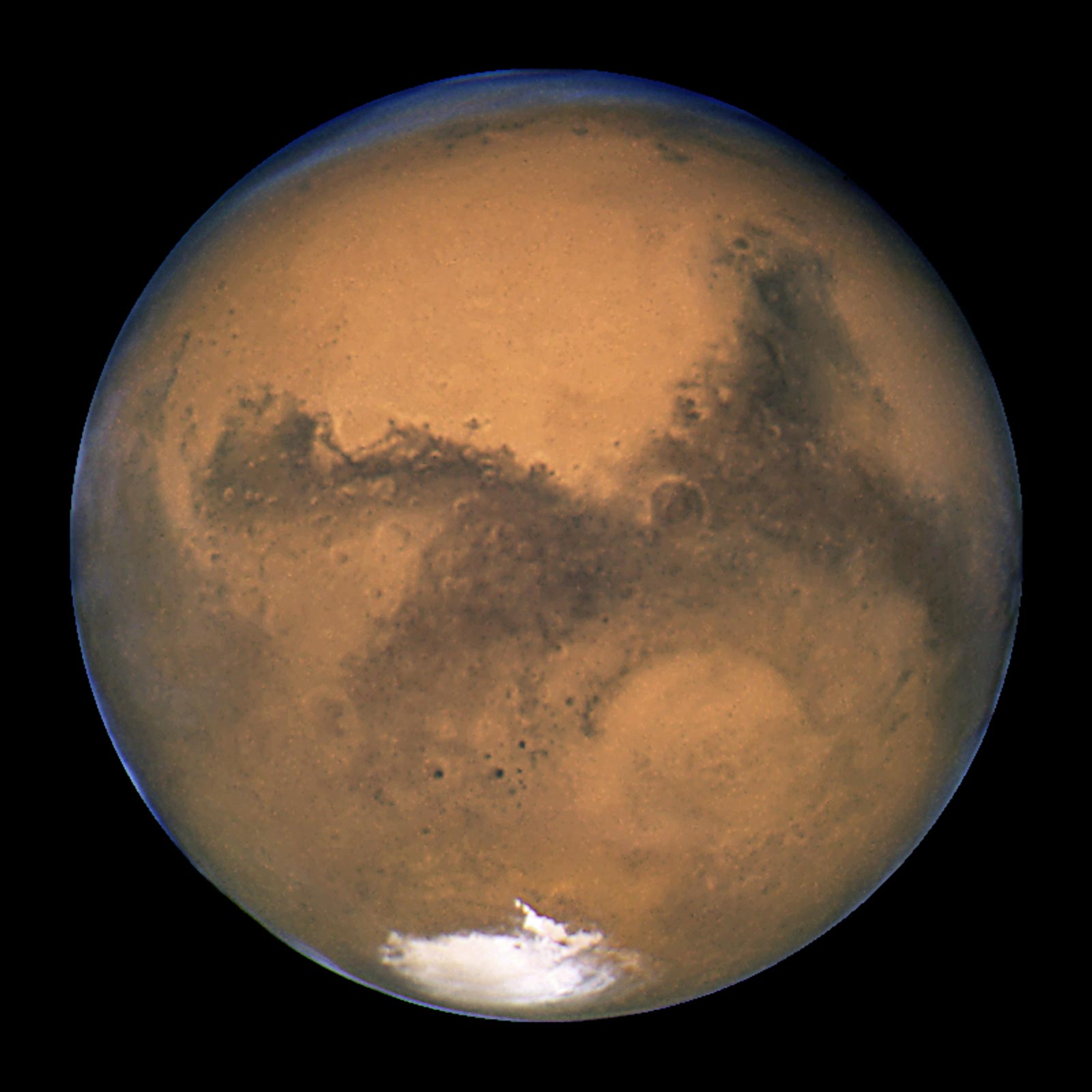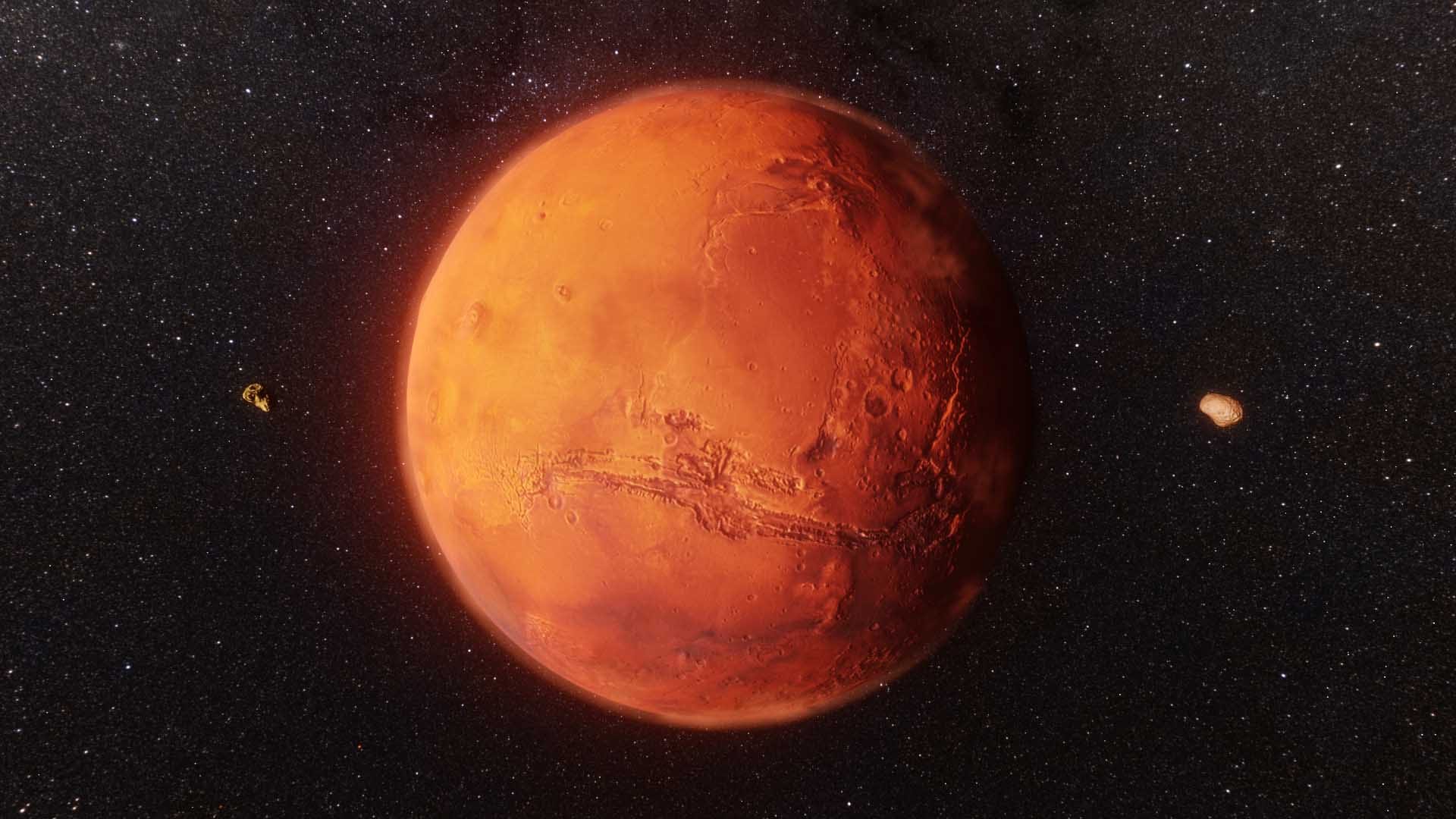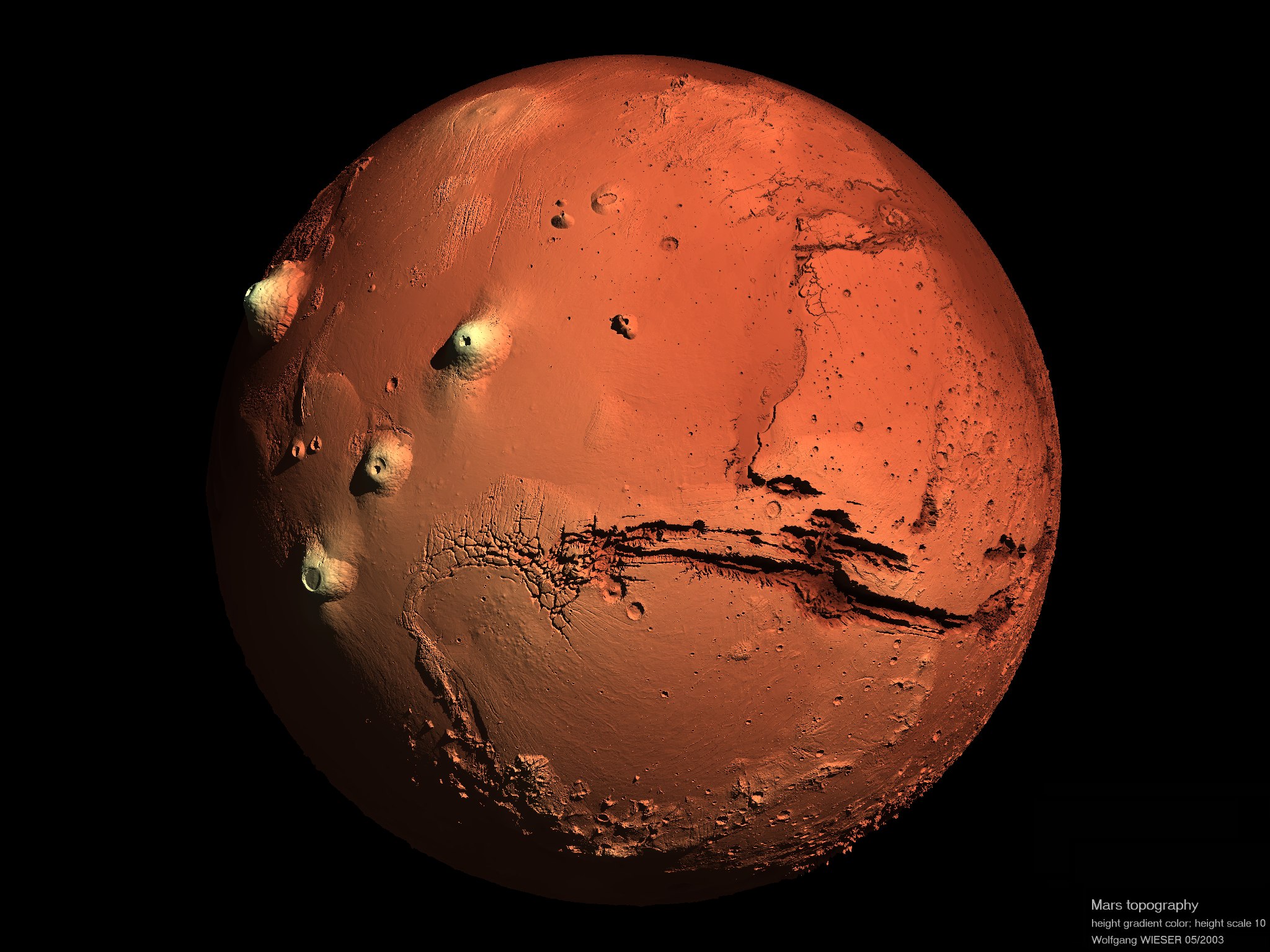Unpacking The **Mars Detriment**: Challenges On The Red Planet
Have you ever stopped to think about the true difficulties of our cosmic neighbor, Mars? It’s a world that, for all its allure, presents some rather significant hurdles, things one might call a kind of **mars detriment**. This isn't just about the vast distances or the sheer cost of getting there; it's also about the inherent nature of the planet itself, a place that truly tests the limits of what we can do and how we can survive. We often hear about the excitement of discovery, yet, there are many aspects that make it a profoundly challenging place to visit or, for that matter, to even study closely from afar.
From its deep-seated historical connections to ancient deities of conflict to the very real, very harsh conditions on its surface today, Mars carries a certain weight. It’s a world that has, for ages, been seen as a sign in the night sky, a rusty-red beacon that, in its own silent way, tells a story of struggle and, perhaps, even a kind of destruction. So, as we look to the stars and dream of future missions, it’s quite important to consider these less talked about sides, the very real drawbacks that come with exploring such a compelling, yet unforgiving, celestial body.
Our ongoing efforts to learn more about this intriguing planet have shown us just how tough it can be. Probes have been active on Mars continuously since 1997, a pretty long stretch of time, and at times, more than ten probes have simultaneously operated in orbit or on the surface. That’s more than at any other planet beside Earth, which, you know, really shows the dedication but also the immense effort required to keep things going in such a difficult setting. It's a constant battle against the odds, truly, to keep these missions alive and sending back information.
Table of Contents
- Historical Shadows: The God of War
- A Harsh Home: The Martian Environment
- The Dance of Distance: Orbital Challenges
- Exploring Despite the Difficulties
- Frequently Asked Questions About Mars' Challenges
Historical Shadows: The God of War
The red planet Mars, named for the Roman god of war, has long been an omen in the night sky. This ancient association, you see, isn't just a quaint historical detail; it actually shapes how we think about the planet even now. The very color of its rusty red surface, in its own way, tells a story of destruction, a visual cue that has resonated with people for thousands of years. This naming, this linking to conflict and strife, really speaks to a deeper perception of Mars as a place of harshness, a place where things might not always go smoothly, or so it seems.
Consider, for a moment, how this historical context subtly influences our approach to Mars. It's not just a barren rock; it's a world steeped in myth, a place that has, in many cultures, been connected with battle and fiery ends. This deeply ingrained cultural image, quite honestly, adds another layer to what one might call the **mars detriment**. It's a planet that, from the very beginning of human observation, has carried a certain ominous feel, a sense of danger that persists, even as we send our robotic explorers to its dusty plains.
A Harsh Home: The Martian Environment
When we talk about the difficulties of Mars, its environment really comes to mind. The Martian environment may be inhospitable, yes, but it is far more welcoming than the searing surface of Venus. Still, that doesn't mean it's an easy place to be. It’s a world that, in many ways, actively works against any attempts to settle there or even to keep our sophisticated machinery working for long periods. The very air, or lack thereof, poses immense problems, and that's just the start of it, truly.
The challenges are multifaceted, you know, affecting everything from how our equipment operates to the very real risks for any future human visitors. It's a delicate balance, trying to keep things alive and functioning in a place so different from our own. The environment itself is a primary contributor to the **mars detriment**, demanding constant innovation and incredible resilience from our technology and our planning.
Atmospheric Thinness and Radiation
One of the most significant problems on Mars is its very thin atmosphere. It's mostly carbon dioxide, but it's so incredibly tenuous that it offers little protection from the sun's harsh radiation and cosmic rays. This means that anything on the surface, whether it's a robotic rover or, one day, a human habitat, is constantly bathed in radiation, which is, you know, not exactly ideal for long-term health or for the lifespan of sensitive electronics. This lack of a robust atmospheric shield is a pretty big deal, actually.
This thin atmosphere also means that liquid water cannot stay on the surface for long; it would just boil away or freeze instantly. So, while Mars does have water ice, accessing it and using it would involve considerable effort and specialized technology. This atmospheric condition, in a way, just adds to the overall **mars detriment**, making basic survival elements like breathable air and stable water sources incredibly hard to come by in a usable form.
Temperature Extremes and Dust
Mars experiences wild temperature swings, often dropping to extremely cold levels at night and warming up slightly during the day, though still remaining quite chilly. These dramatic shifts put a huge strain on any equipment, causing materials to expand and contract, which can lead to fatigue and breakdowns over time. It's a constant battle against the elements, really, trying to design machines that can withstand such a punishing thermal cycle.
And then there's the dust. The red planet is famously dusty, and fine particles can get everywhere, coating solar panels, jamming mechanical parts, and generally making life difficult for our probes. These dust storms, which can sometimes envelop the entire planet, block sunlight and reduce power generation for solar-powered missions, something that has, you know, ended missions prematurely in the past. The dust, in a very practical sense, is a significant **mars detriment**, always lurking and ready to cause trouble.
Water and Carbon Dioxide Caps
Mars is a terrestrial planet with caps of water and carbon dioxide. While the presence of water ice is exciting for future exploration, these caps are at the poles and represent water in a frozen state. Accessing and processing this water for human use or for producing rocket fuel would require substantial energy and complex engineering. It’s not like simply turning on a tap, you know; it's a much more involved process.
The carbon dioxide caps also contribute to the dynamic, yet challenging, Martian environment. As seasons change, these caps can sublimate (turn directly from solid to gas) and refreeze, creating atmospheric pressure changes and contributing to the planet's weather patterns, including those infamous dust storms. So, even the presence of these caps, while offering resources, also presents a set of challenges for any long-term presence, adding to the overall **mars detriment** that explorers must contend with.
The Dance of Distance: Orbital Challenges
Getting to Mars isn't just about launching a rocket; it's also about timing things just right. L'excentricité de Mars étant plus importante que celle de la Terre, c'est lorsque Mars est au périhélie que le rapprochement est le plus favorable. This situation, where Mars is closest to the sun and also relatively close to Earth, only happens every fifteen years or so. This means we have limited windows for launching missions, which, you know, adds a layer of complexity and pressure to the entire enterprise.
This orbital characteristic is a pretty big deal because it dictates when we can send new missions and how long the journey will take. If you miss that window, you might have to wait a couple of years for the next one, which can delay scientific goals and increase costs. It's a celestial dance, and we have to move to its rhythm, which, in a way, is another form of **mars detriment**, a natural constraint imposed by the laws of physics and planetary motion.
Exploring Despite the Difficulties
Despite all these challenges, our drive to explore Mars remains incredibly strong. We are constantly exploring for potential life, understanding the planet's past, and peering into its future. The sheer dedication of scientists and engineers to overcome these significant **mars detriment** factors is truly something to behold. Just recently, Mars in 4K: NASA’s Perseverance rover has captured an absolutely breathtaking 360° panoramic video of Mars — and it’s now available to view in full 4K resolution. This kind of achievement shows what's possible, even against tough odds.
These successes, however, don't erase the difficulties; they highlight our ability to work around them. Every panoramic video, every soil sample, every piece of data comes at a great cost, both financially and in terms of the sheer intellectual effort required. It’s a testament to human curiosity, really, that we continue to push the boundaries of what's possible, even when facing a world that, in so many ways, seems to be pushing back. You can learn more about Mars exploration on sites like NASA, which is, you know, a pretty good place to start for official information.
The journey to Mars, and our continued presence there through robotic emissaries, means we are always learning more about these challenges. It's a continuous process of adapting and innovating. To understand more about the specifics of planetary environments, you might find it helpful to learn more about planetary science on our site, and also to link to this page about robotic missions, for a deeper look at the tools we use.
Frequently Asked Questions About Mars' Challenges
Is Mars truly inhospitable for life?
Mars is definitely a tough place for life as we know it on Earth, so. Its thin atmosphere, cold temperatures, and constant radiation make it very difficult for complex organisms to survive on the surface. While there's a lot of searching for signs of past or present microbial life, the surface conditions are, you know, quite harsh for anything more developed.
What are the main dangers on Mars?
The primary dangers on Mars include intense radiation from space, extreme cold, a very thin atmosphere that offers no breathable air, and widespread dust that can damage equipment and pose health risks. These factors combine to create a challenging environment for both robots and, eventually, people, too it's almost.
Why is Mars associated with destruction?
Mars is associated with destruction because of its ancient Roman namesake, the god of war. Its reddish color, reminiscent of blood, further solidified this connection in human perception. This historical and visual link has, in a way, made it a symbol of conflict and harshness for centuries, which is that, you know, quite an interesting cultural aspect.

Overview | Mars – NASA Solar System Exploration

Facts About Mars: Temperature, Gravity, Distance | How Big Is Mars

First rendered images of Mars